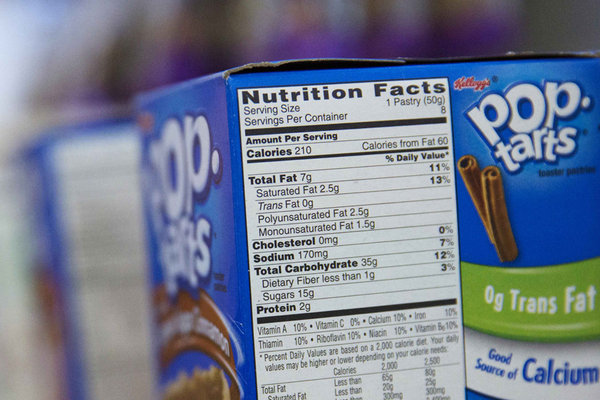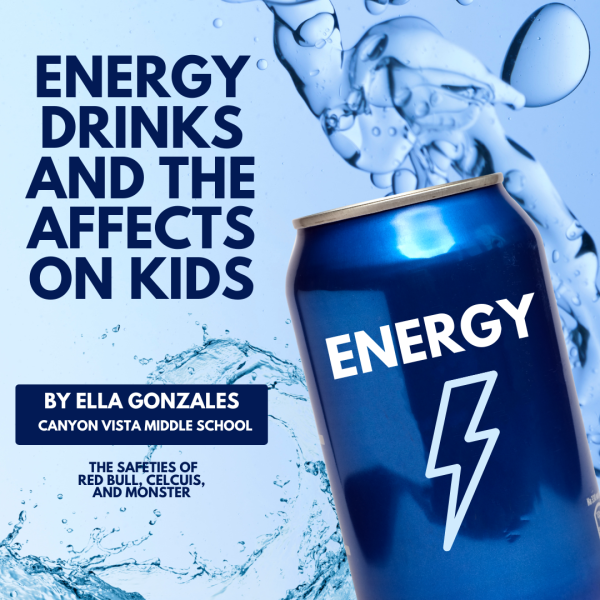What’s In Our Food?

When most of us look on the boxes of our cereal or our bag of Cheetos, we’re surprised to see a long list of ingredients with names like Xanthan Gum, Monosodium Glutamate, and Malodextrin. Why in the world would companies put these names that we can’t even pronounce?
Processed food, like chips and cereal, usually have the longest lists of ingredients that we can’t pronounce. The safest way to avoid processed food would then be to avoid buying stuff with ingredients we can’t pronounce. The problem is, nearly everything we can buy at the supermarket has ingredients that we can’t pronounce. Don’t worry, not everything that you can’t pronounce isn’t healthy. For example, Xanthan Gum, which is commonly found in ice cream, Jell-O, and yogurt, is relatively harmless, unless taken in large quantities. However, if you see such things as Yellow-5, or Yellow-6 (which you can find in Cheetos), you might not like what they’re made of. Apparently, food dyes can be harmful to kids, especially yellow-6, which is made of petroleum. Monosodium Glutamate, which has quite a long name, is actually a flavor-enhancer. This makes what you put it in taste really savory (the scientific name for that is umami). However, this could have allergic reactions happen in kids, including asthma.
There is also only one item on every food label that doesn’t have a percentage to the right of it: Sugar. Why? Because in this era, humans consume more than twice the amount of sugar that is safe for them to consume. Adult women should at most consume 25 grams of sugar daily, while it is safe for men to consume 38 grams of sugar daily. In one can of soda, there can be as much as 46.2 grams of sugar- way more than the limit. Many processed food manufacturers have added the words “natural flavors” to their food. This makes you think that your food is made from real fruit- but that’s not what many companies actually do. Natural flavors just means that the chemicals found in your food could be found in nature. On the other hand, “artificial flavors” means that those chemicals were entirely man-made.
The moral? Don’t trust everything manufacturers put on your food labels. Instead, figure out what those labels really mean.
Sources: http://sugarscience.ucsf.edu,

Amber might seem cold and strange at first, but when you get to know her properly, she warms up immediately. Amber was born in Atlanta, Georgia, but moved...























